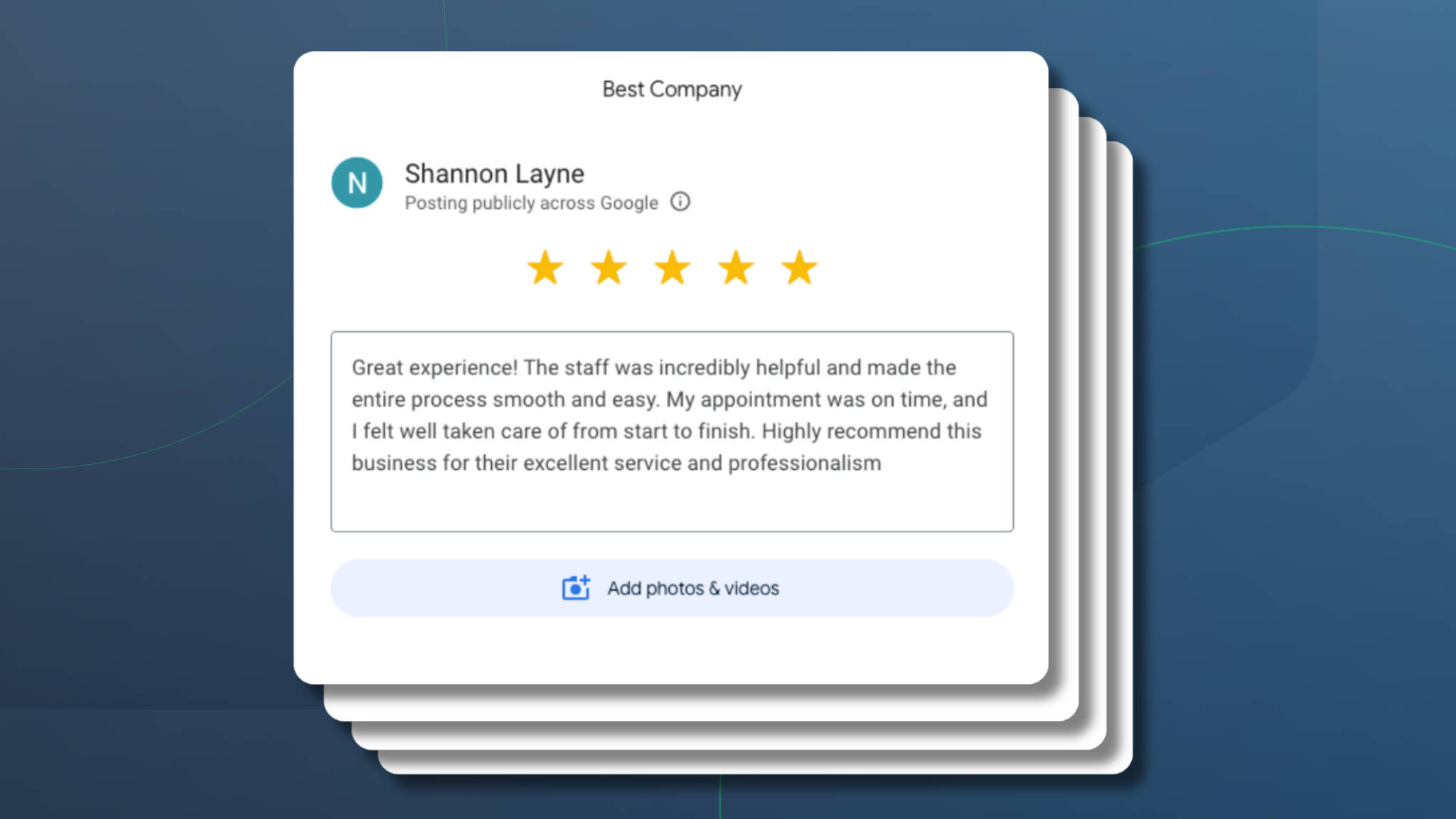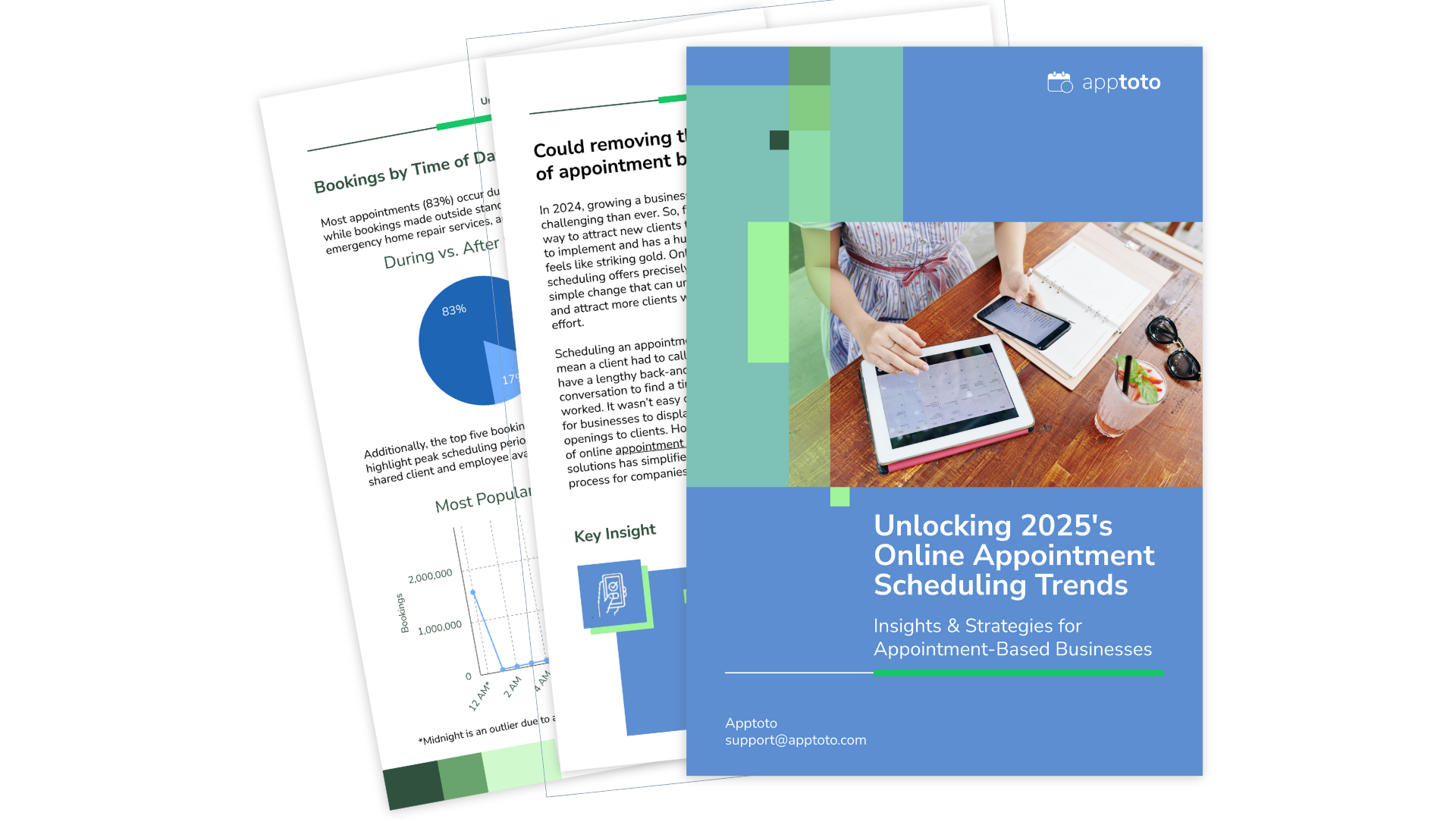Estimated reading time: 8 minutes
Capturing and routing leads effectively can be the difference between thriving and merely surviving for appointment-based businesses. When a prospective client reaches out, they might not be ready to book an appointment immediately. Instead, they need to be paired with the right person to nurture their interest and convert them into a paying customer. This is where lead routing comes into play.
Lead routing ensures that every inquiry is directed to the best-suited team member to meet their needs. Whether it’s a bride-to-be comparing various salons for her big day or a potential legal client looking for representation, effective lead routing can turn these inquiries into lasting relationships. By mastering lead routing, you can maximize your business’s potential and ensure no lead falls through the cracks.
Dive into our guide on lead routing for appointment-based businesses. Discover how to optimize your processes to boost client satisfaction and business growth. Learn strategies to help you seamlessly manage inquiries, match leads with the perfect providers, and keep new opportunities flowing through your door.
What is Lead Routing?
Lead routing is the process of directing leads to the appropriate sales reps, teams, or departments within a company. For appointment-based businesses, having an effective lead routing system is critical. Without proper lead routing, a business may let leads fall through the cracks or lose them altogether.
Typically, a new prospective customer is identified as a lead when they call your business or submit an online form requesting information about your services. Many businesses rely on lead routing to ensure that the person is promptly contacted by a team member. A prospective client is 20 times more likely to become a customer if a company reaches out to them within 5 minutes of showing interest.
So, how is lead routing different than appointment routing? Appointment routing is a type of lead routing, but there is one distinct difference. A business employs appointment routing when a new prospective client books an appointment but doesn’t book with a specific provider. The client is then appropriately scheduled with the best employee suited to meet their needs. Alternatively, a business utilizes lead routing when a new prospective client expresses interest but is not yet committed to becoming a customer. The person, or lead, completes an action such as filling out a form. They’re then qualified to see if their needs align with the business’s offerings. Finally, the lead is routed to an appropriate team member, who then reaches out to the prospective client to try to convert them into a new customer.
Problems with Unstructured Lead Management
Many appointment-based businesses handle incoming leads in an ad-hoc, unstructured way. For example, a series of rotating receptionists at a busy firm may be responsible for fielding all new contacts and directing them appropriately. Or, worse, a prospective salon client may find themselves on the receiving end of five different reachouts from five different stylists after filling out a generic Contact Us form. That’s because they were all unaware their coworkers were reaching out too. Several issues arise when companies do not handle new leads systematically, including:

Missed Opportunities Due to Unassigned Leads: With no clear process, leads can fall through the cracks. No one takes ownership when a new lead comes in, so outreach doesn’t happen or occurs too late. This causes missed opportunities for booking appointments and generating revenue.
Poor Customer Experience from Lack of Ownership: When multiple people handle a lead, the customer experience becomes fragmented. The person needs a single point of contact who coordinates interactions. Otherwise, the experience reflects poorly on the business.
Lower Conversion Rates: With leads bouncing between team members or sitting unanswered, fewer convert into appointments and customers. It is challenging to follow up consistently, build rapport, and close deals, so lead-to-client conversion rates suffer.
Benefits of Structured Lead Routing
Conversely, implementing a structured lead routing process provides several vital benefits for appointment-based businesses. With the right lead routing strategy, companies can increase accountability, improve response times, and grow new bookings and profits.
Increased Accountability: A defined routing process clarifies who is responsible for each lead at every stage. Staff have ownership over the assigned leads, rather than leads getting lost in the shuffle.
Faster Response Times: Businesses can connect with prospects faster. Leads get directed immediately to the appropriate staff member rather than bouncing around different people and departments. Quicker responses lead to higher customer satisfaction. Prospects feel valued when inquiries are addressed rapidly. Faster follow-up also gives businesses an edge over competitors.
Higher Lead Conversion Rates: Structured lead routing translates to higher conversion rates. When staff take ownership of leads and contact prospects faster, they are likelier to convert leads into customers. Fewer leads fall through the cracks, so more progress to sales.
Implementing Lead Routing
Implementing an effective lead routing system takes some planning but is straightforward with the right tools. The best approach is to ensure that your system captures prospective client interest and is closely integrated with your calendaring and customer relationship management (CRM) software. By combining all three, you can easily collect information from new leads and set up rules and workflows to ensure the new leads are directed to and followed up with by the right team member or representative.
Key steps for implementation include:
Set up Lead Scoring Criteria: Determine the factors that indicate a prospective client’s readiness, such as their profile, behaviors, and specific needs. For instance, a firm specializing in bankruptcy filings would not consider a new contact seeking representation for a criminal case as a suitable client.
Create Lead Routing Rules: Set rules to send specific lead segments to designated sales reps or teams based on criteria like desired services, geography, etc. Often, these criteria are identified and assessed via an online form (although it can also be done in other ways, such as online chats or phone calls).
Build Conditional Workflows: Create workflows that automatically assign new prospective clients to team members. Those team members are responsible for scheduling follow-ups, adjusting lead scores, disqualifing leads if unresponsive, etc.
Integrate with Calendar and Email: Ensure your lead routing system is integrated with your business calendar, email platform, and/or CRM so activities such as booked introductory calls or consultations are synced and tracked accordingly.
Test: Run tests with fake leads to ensure your lead routing rules function as expected and make adjustments as needed.
Launch!
Best Practices for Lead Routing
Implementing an effective lead routing strategy takes more than just setting up the initial workflows. To get the most out of lead routing, businesses should follow best practices like:
Document Processes
Documenting lead routing processes is crucial for consistency and optimization. Map out each step of your workflow, including team member responsibilities. Update the documentation as you refine the process. Well-documented processes make it easy to train new team members and ensure smooth routing.
Track Performance
Analyze the performance of your lead routing strategy. Evaluate conversion rates for each route and whether bottlenecks are impacting your success. Based on the data, optimize routing rules.
Optimize Over Time
Lead routing is not a set-it-and-forget-it process. The most successful businesses continually test, iterate, and optimize routing. They experiment with new workflows, conditional logic, and integrations. Refining lead routing is crucial to maximizing ROI over time.
Post-Routing Lead Nurturing
The work doesn’t stop once leads are routed to the appropriate sales reps or teams. Businesses must continue nurturing and engaging with leads through targeted and personalized communication. For certain businesses, it may take a few reachouts before both parties can determine if they are a good fit. However, companies with a longer sales cycle might need to create an ongoing nurture sequence with multiple messages and different calls to action to get clients to take the next step. These actions keep your business top of mind.
In addition to automated sequences, sales reps should continuously engage leads at various intervals. Engagement actions may include sending personalized emails, making phone calls to discuss needs, and addressing any questions or concerns. The goal is to build relationships and trust.
The Ultimate Goal of Lead Routing
Companies use lead routing to ensure that every potential client is matched with the best possible team member from their first very interaction. Lead routing helps improve the likelihood of a prospective client converting into a customer while enhancing their overall experience with the business. By swiftly directing leads to the most appropriate team member, companies can provide personalized service that addresses the unique needs of each prospect, fostering trust and satisfaction from the outset.
At Apptoto, we understand the importance of efficiently managing and converting leads. Integrating our powerful appointment reminder and online scheduling software with your CRM and calendaring systems can significantly enhance your lead management process.
For clients ready to book, Apptoto’s forms help you seamlessly direct prospective clients to the appropriate online appointment scheduling pages to find the time best suited for them. Apptoto also works with lead nurturing and sales activities on your existing calendar (such as sales discovery calls or in-person consultation meetings). By automatically sending appointment reminders to you and your prospective clients, Apptoto ensures you never miss a virtual step in the sales process.
With Apptoto, you can ensure that leads are able to book meetings with you easily. Of course, they’ll also be reminded of their appointments, reducing no-shows and increasing conversion rates. Apptoto’s solution helps you provide a smooth and professional experience for your clients, ensuring that your business remains top-of-mind and ready to meet their needs. Whether you’re managing a busy salon, legal practice, or any appointment-based business, Apptoto empowers you to turn inquiries into loyal clients.
Want to learn more? Connect with our Customer Success team to explore Apptoto today.




